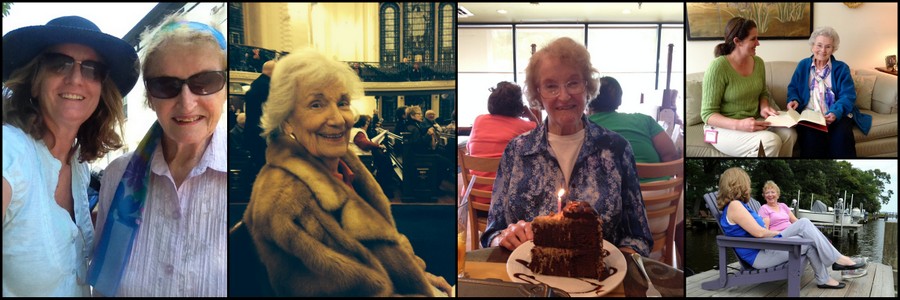Heart Attack Warning Signs and Symptoms
Symptoms include tightness or pain in the chest, neck, back, or arms, as well as fatigue, lightheadedness, abnormal heartbeat, and anxiety. Women are more likely to have atypical symptoms than men.
People may experience:
Pain areas: in the area between shoulder blades, arm, chest, jaw, left arm, or upper abdomen
Pain types: can be burning in the chest or like a clenched fist in the chest
Pain circumstances: can occur during rest
Whole body: dizziness, fatigue, lightheadedness, clammy skin, cold sweat, or sweating
Gastrointestinal: indigestion, nausea, or vomiting
Neck: discomfort or tightness
Arm: discomfort or tightness
Chest: discomfort or tightness
Also common: anxiety, feeling of impending doom, sensation of an abnormal heartbeat, shortness of breath, or shoulder discomfort
As with men, the most common heart attack symptom in women is chest pain or discomfort. But it’s important to note that women are more likely to experience the other common symptoms, particularly shortness of breath, nausea/vomiting and back or jaw pain.
Call 911 if you even suspect it’s a heart attack and here’s what you can do before help arrives:
- Stay close. Do not leave the person to find medications to give them — this can cause you to delay calling 911. It’s better to call for help first; emergency personnel can administer aspirin or any other appropriate treatments.
- Give a dose of nitro. Make sure to refer to the client’s DNR before administering nitroglycerin!
If the person has been prescribed nitroglycerin in the past for heart disease, and the medication is close at hand, you can give them a dose.
- Go for comfort. Make the heart attack victim more comfortable by placing them in a comfortable position, loosening clothing, and staying close to provide reassurance.
- If needed, give CPR. Make sure to refer to the client’s DNR before performing CPR!
Studies have shown that CPR given by a bystander can double or triple a victim’s chance of surviving cardiac arrest. If you are with someone who suddenly collapses, stops breathing, or is unresponsive, start performing hands-only CPR at 100 chest presses a minute with minimal interruptions. It’s just as effective as standard CPR.
Stroke Warning Signs and Symptoms
F.A.S.T. is an easy way to remember the sudden signs of stroke. When you can spot the signs, you’ll know that you need to call 9-1-1 for help right away. F.A.S.T. is:
F Face Drooping – Does one side of the face droop or is it numb? Ask the person to smile. Is the person’s smile uneven?
A Arm Weakness – Is one arm weak or numb? Ask the person to raise both arms. Does one arm drift downward?
S Speech Difficulty – Is speech slurred? Is the person unable to speak or hard to understand? Ask the person to repeat a simple sentence, like “The sky is blue.” Is the sentence repeated correctly?
T Time to call 9-1-1 – If someone shows any of these symptoms, even if the symptoms go away, call 9-1-1 and get the person to the hospital immediately. Check the time so you’ll know when the first symptoms appeared.
Beyond F.A.S.T. – Other Symptoms You Should Know
- Sudden NUMBNESS or weakness of face, arm, or leg, especially on one side of the body
- Sudden CONFUSION, trouble speaking or understanding speech
- Sudden TROUBLE SEEING in one or both eyes
- Sudden TROUBLE WALKING, dizziness, loss of balance or coordination
- Sudden SEVERE HEADACHE with no known cause
If someone shows any of these symptoms, immediately call 9-1-1 or emergency medical services.
Helpful Links:
Heart Disease and Stroke information from the Office of Disease Prevention and Health Promotion
